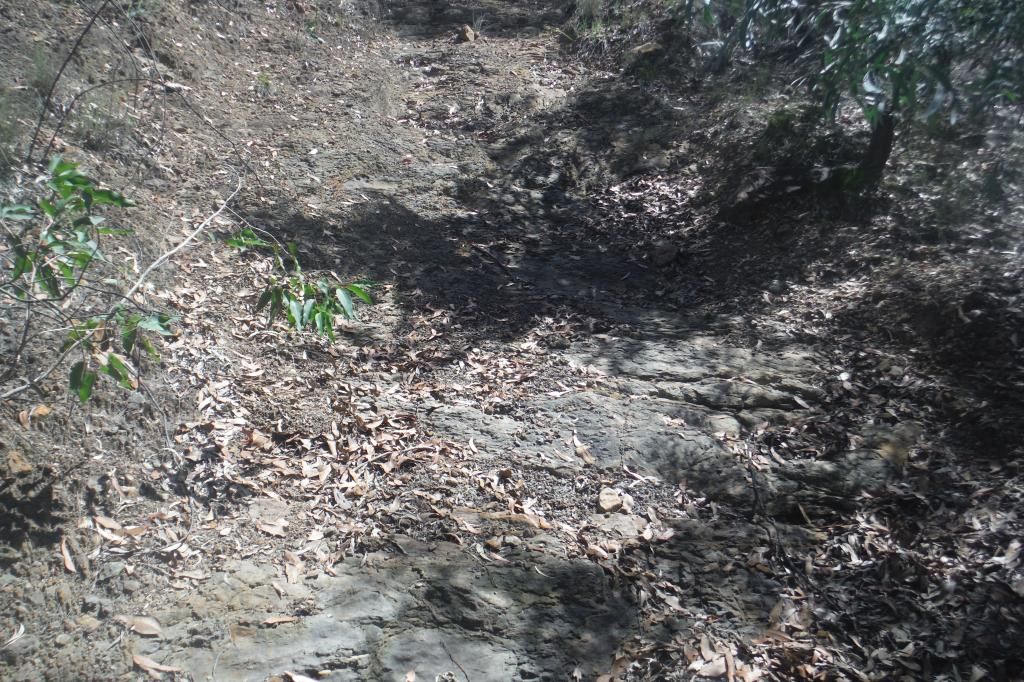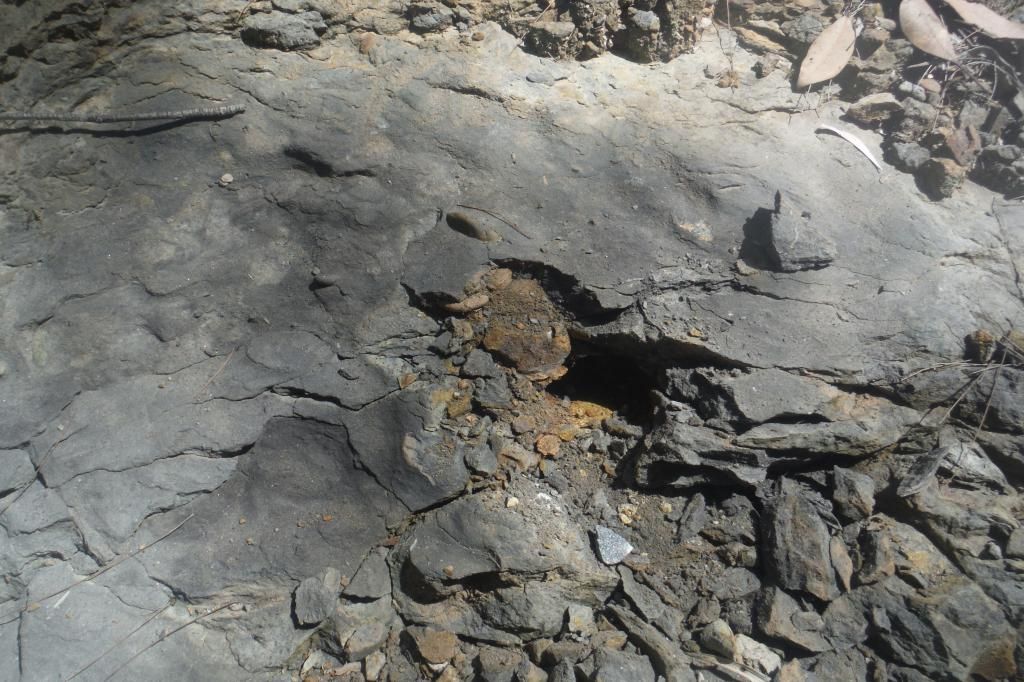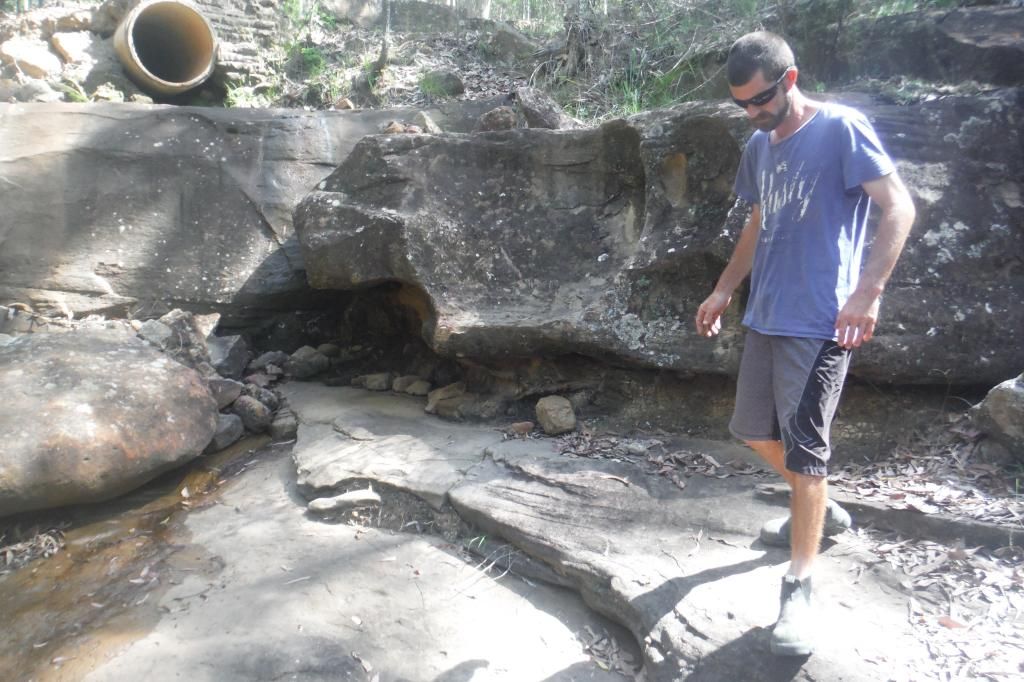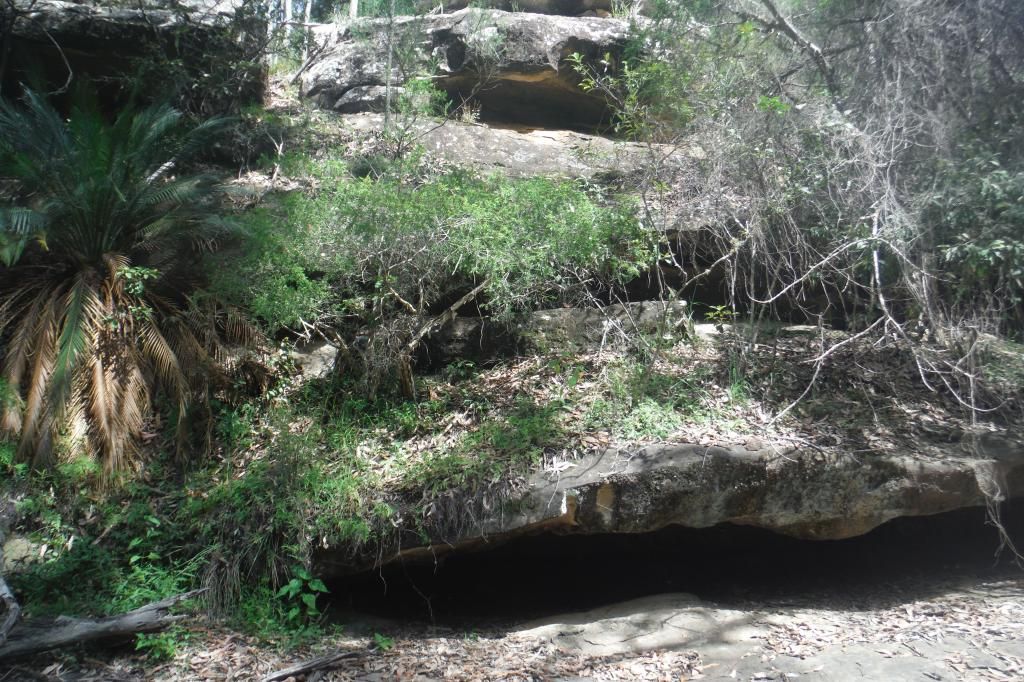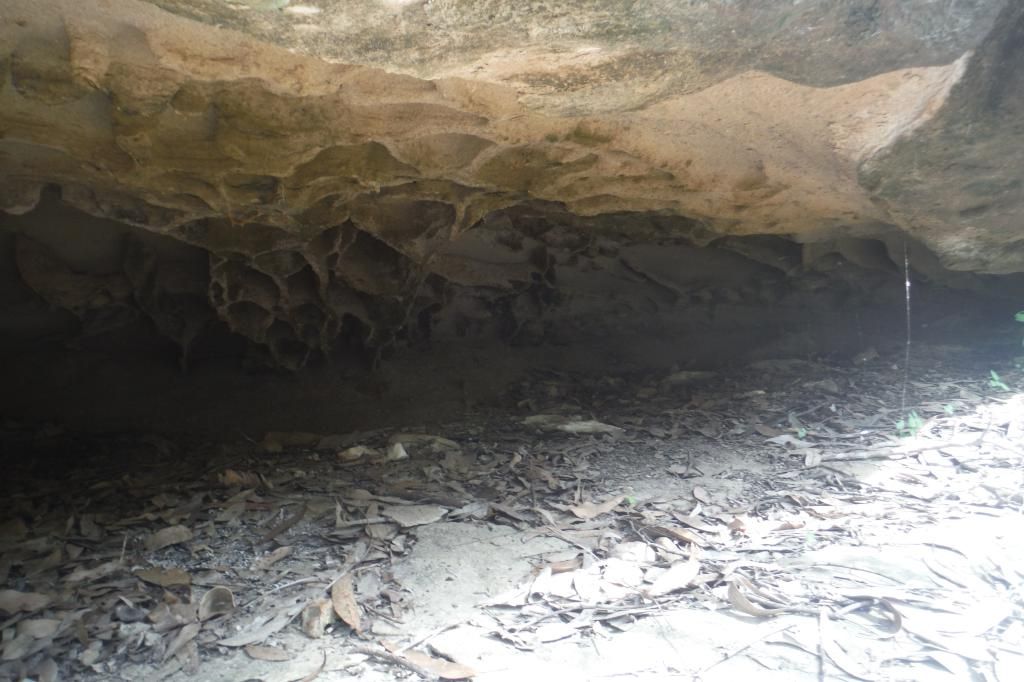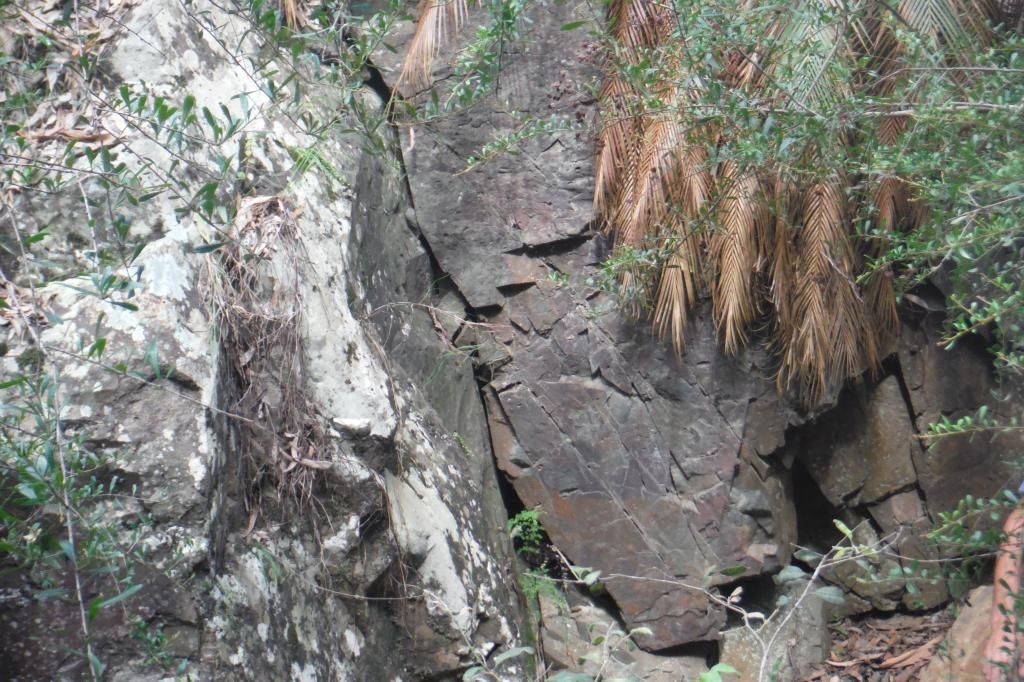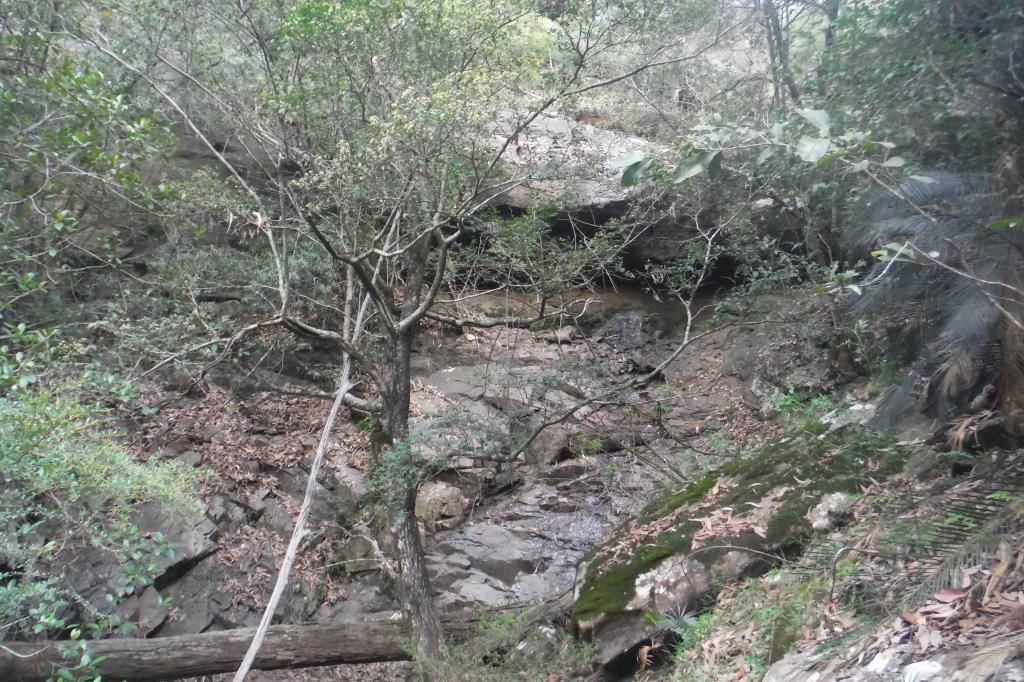G'day all, thought i would throw a few photos up of my other find which i guess could be another crinoid stem maybe elongated due to metamorphism? And a few other marine fossils i found today whilst out looking at the local geology, nothing too special.
First the maybe fossil
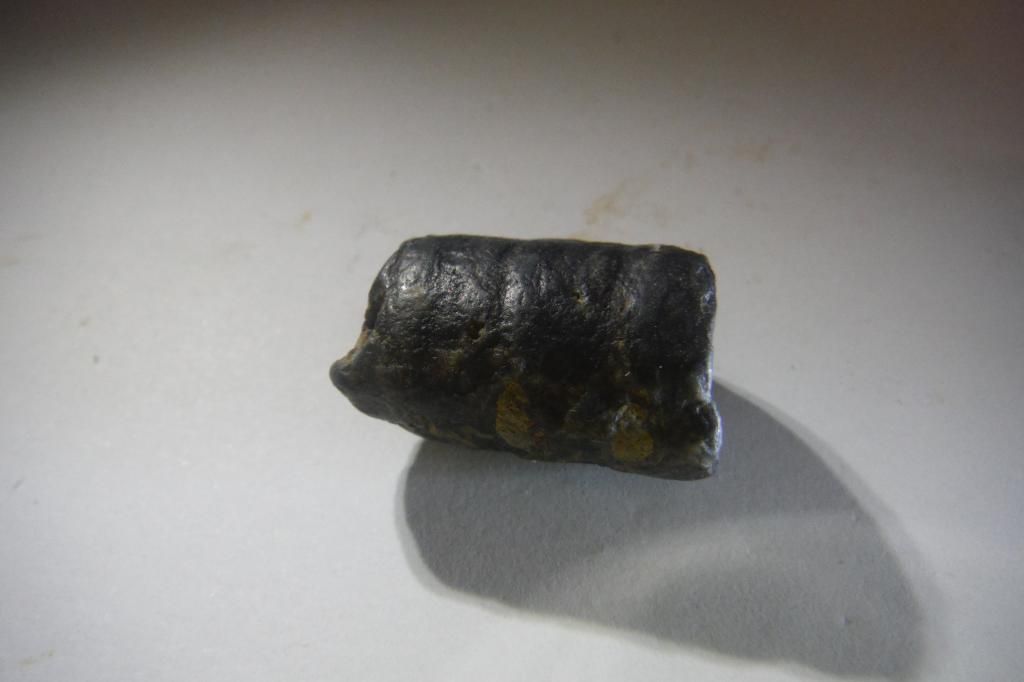
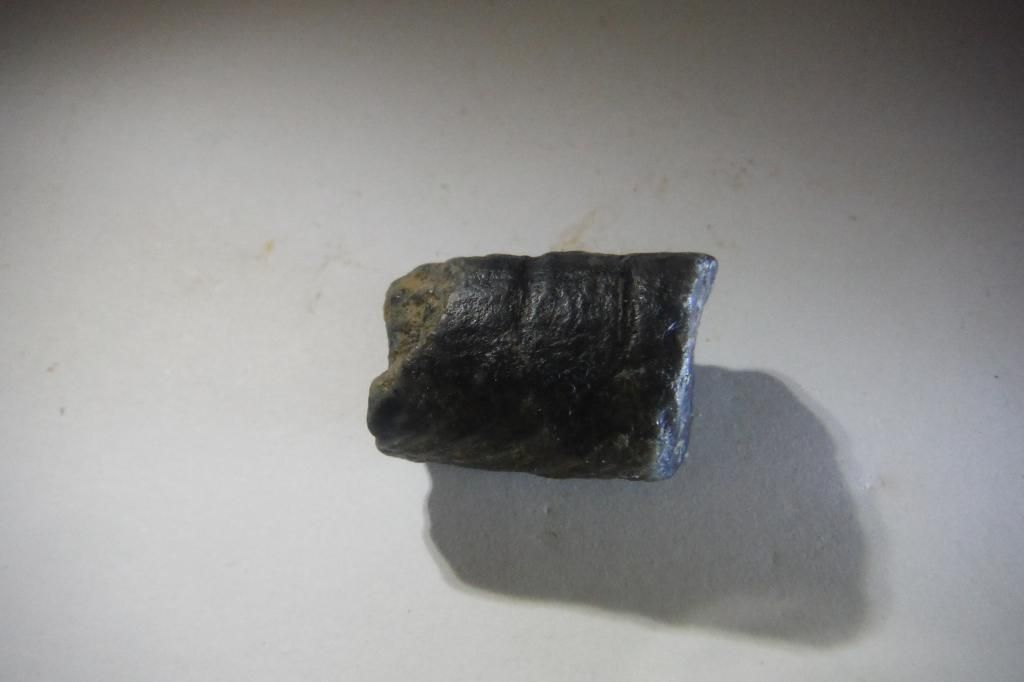
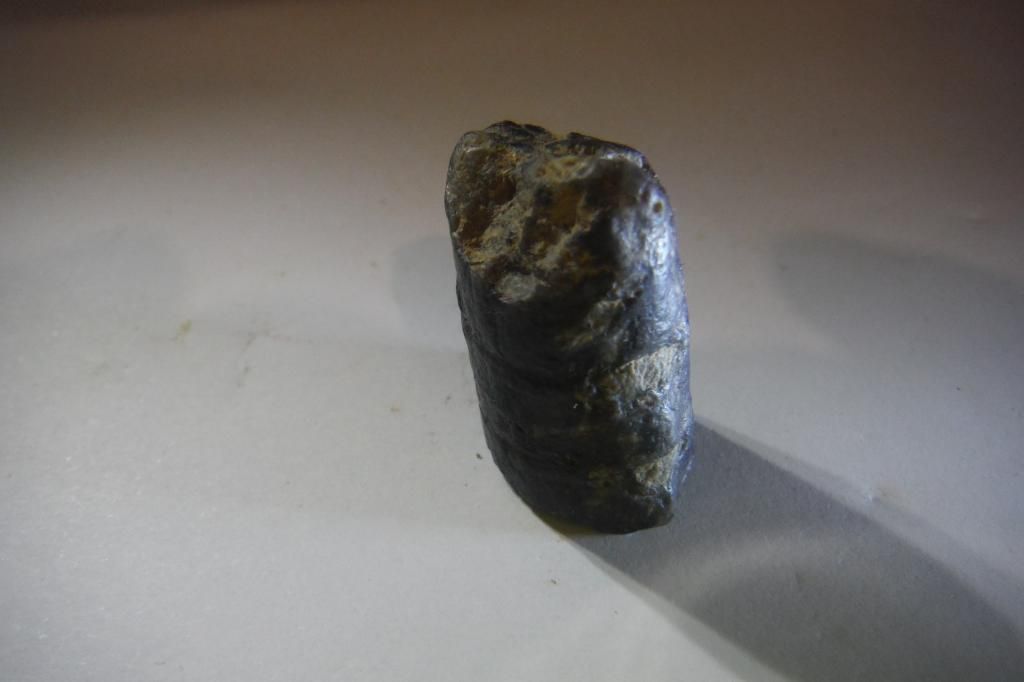
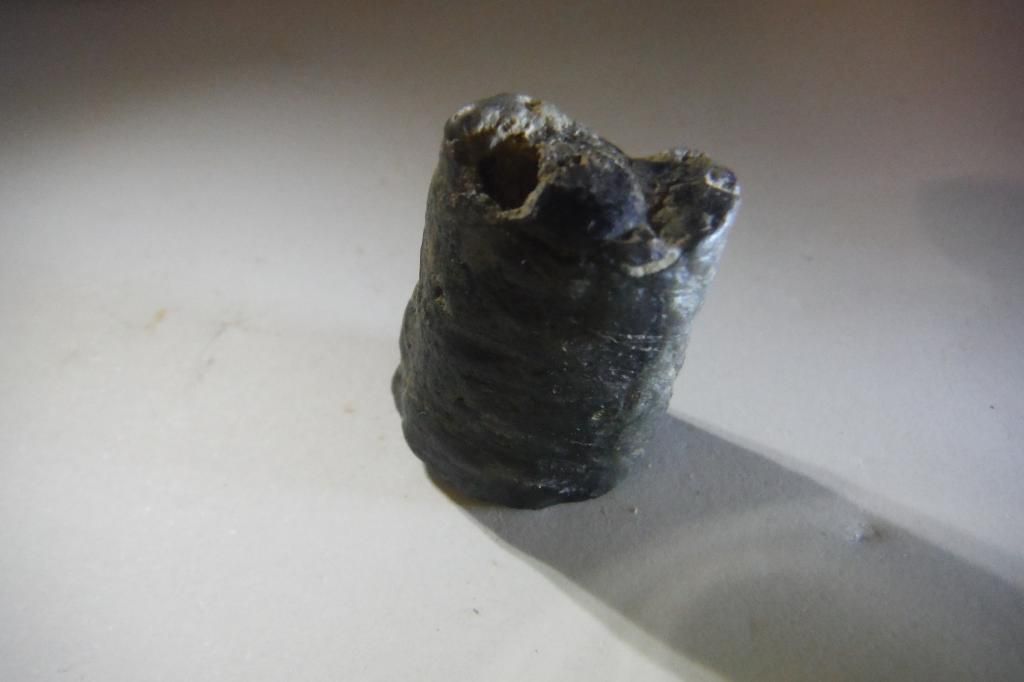
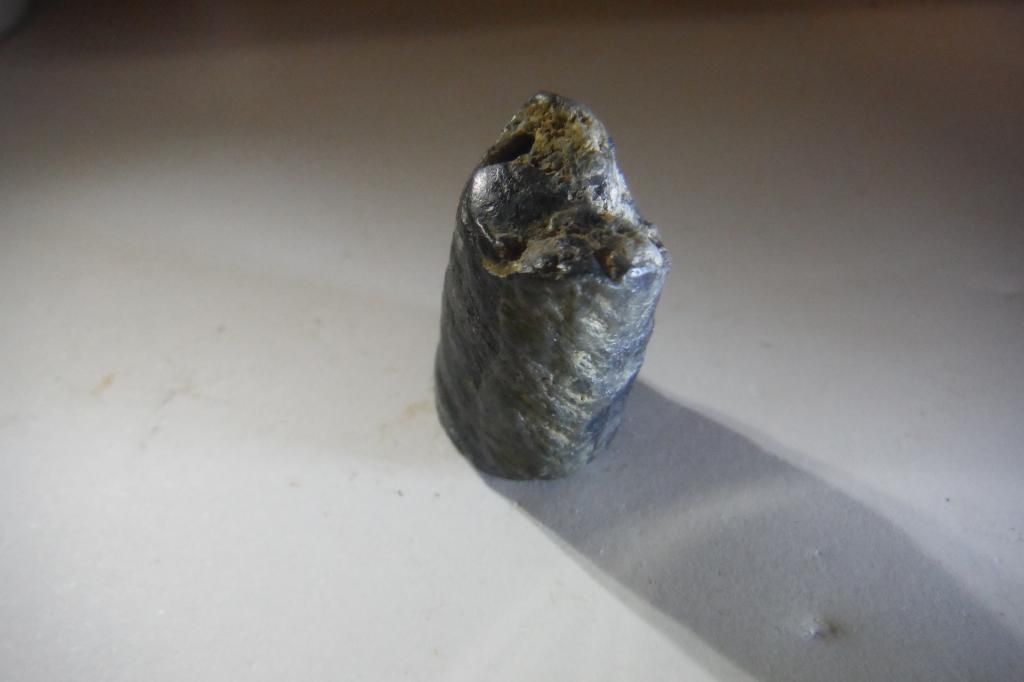
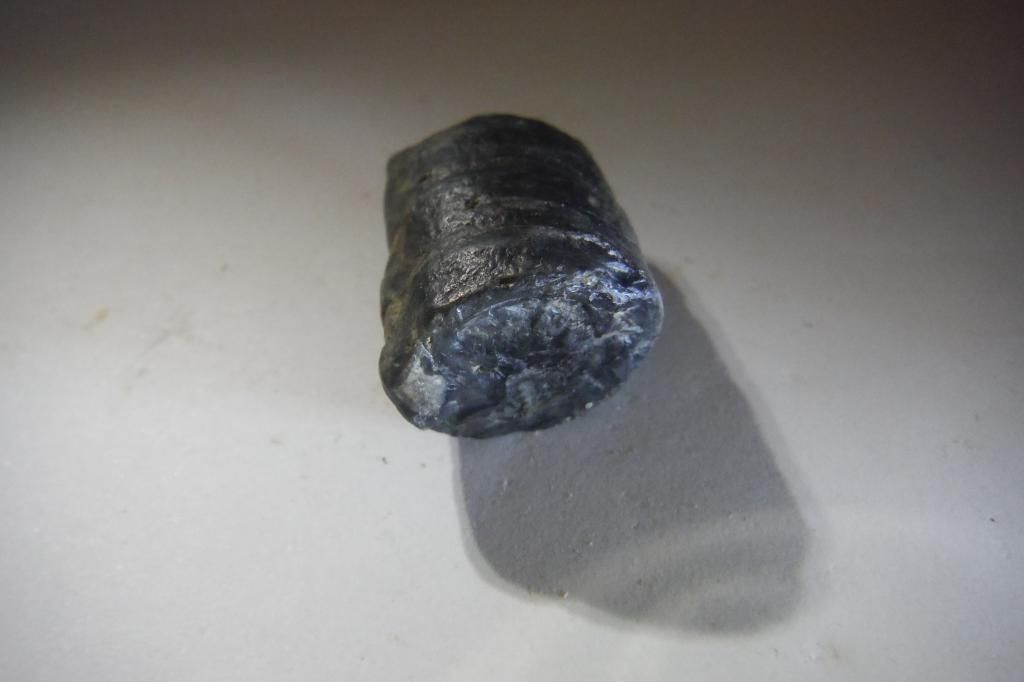
Next a big rock that was showing a few fossils near some silt stone, most of the fossils were badly weathered.
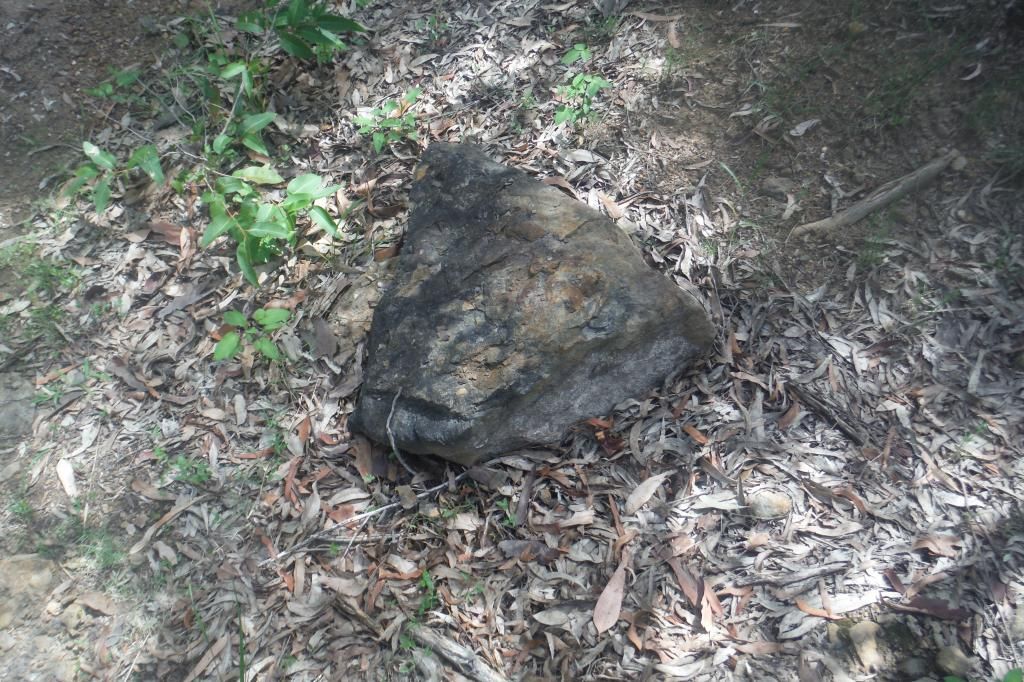
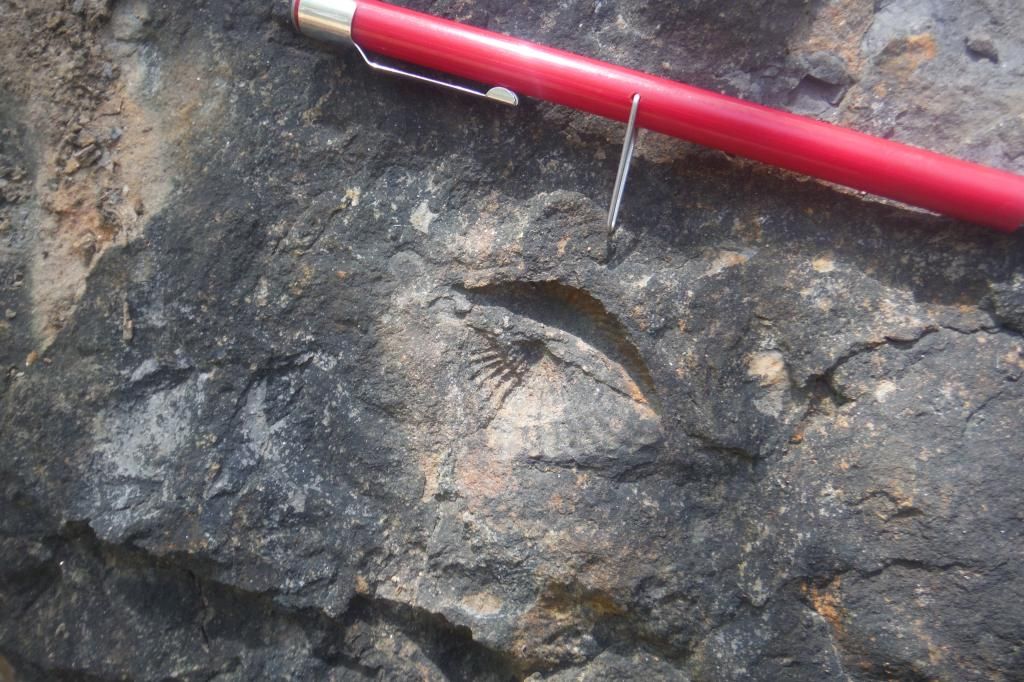
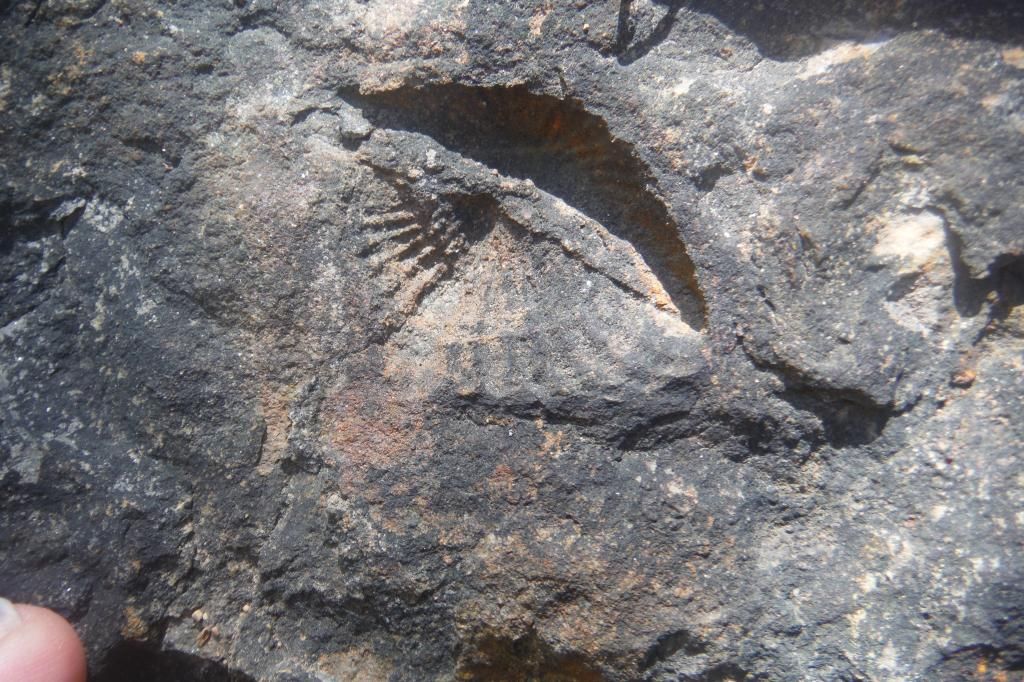
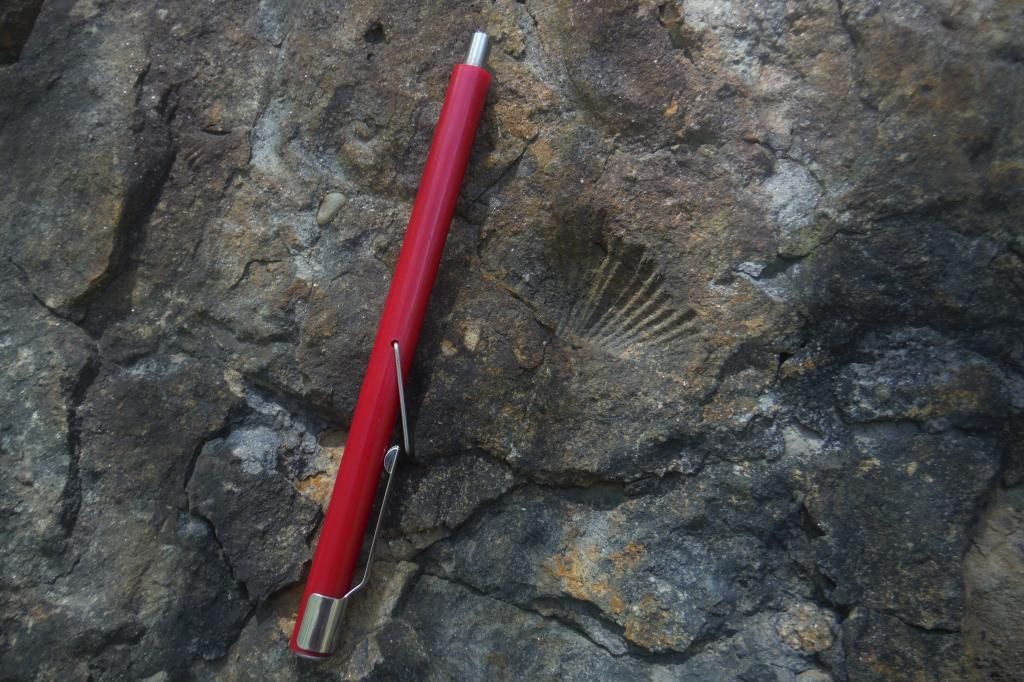
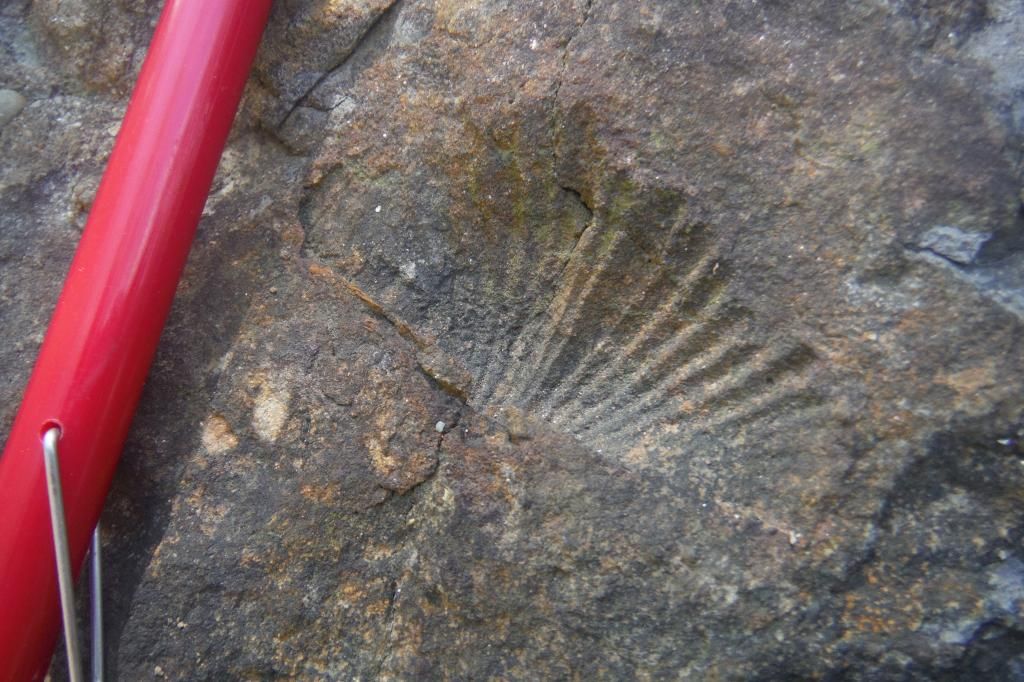
Last we found a sandstone rock that was showing many weathered fossils, when we gave it a tap it opened up to show a lot more.
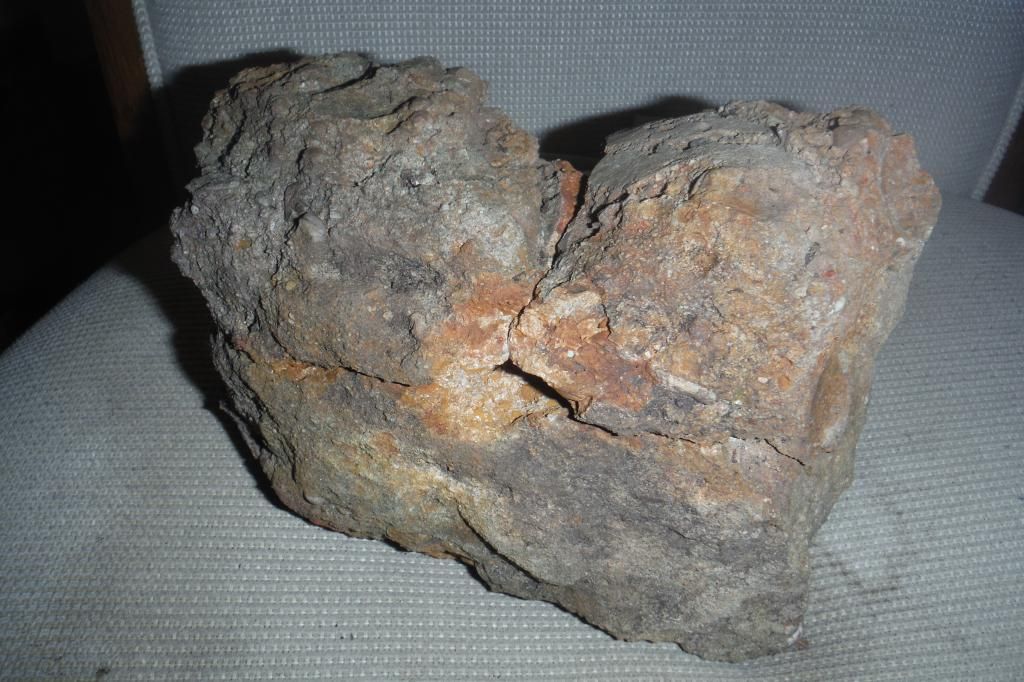
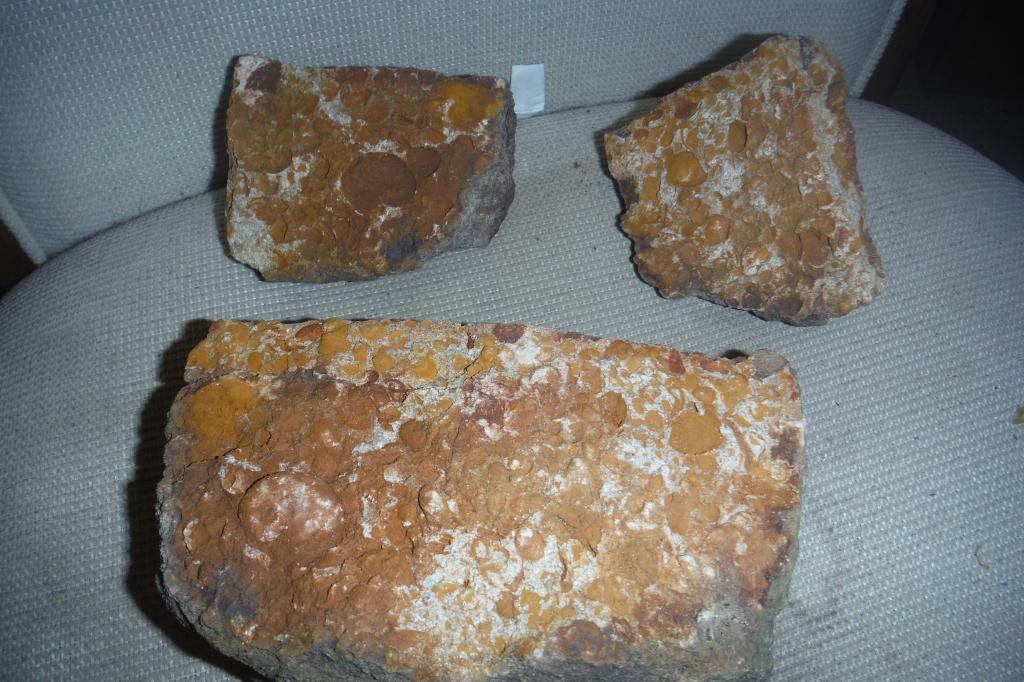
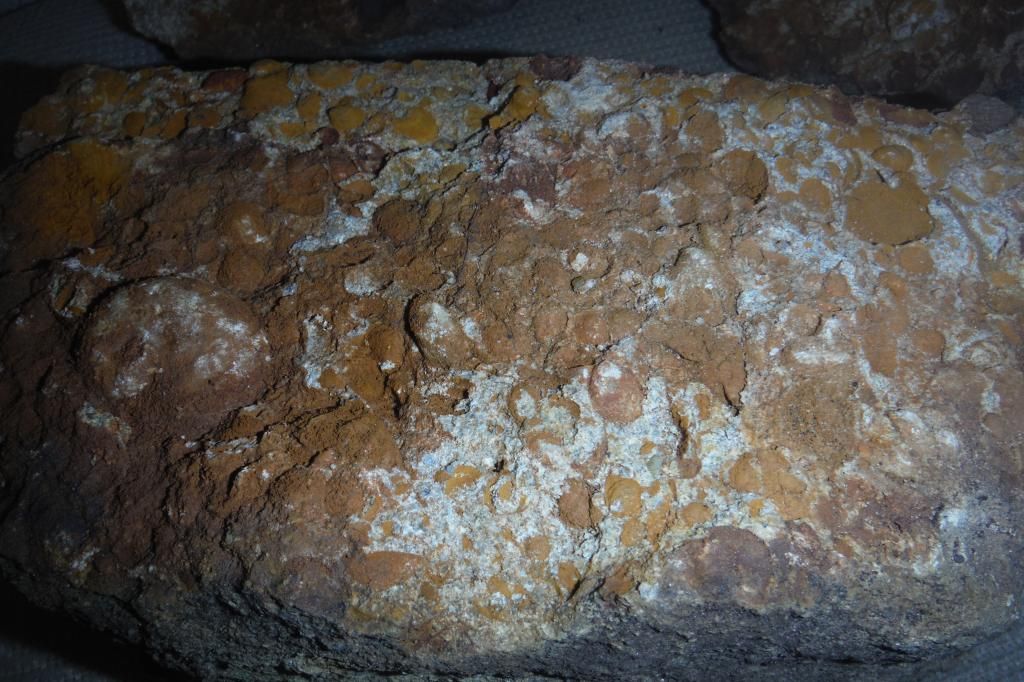
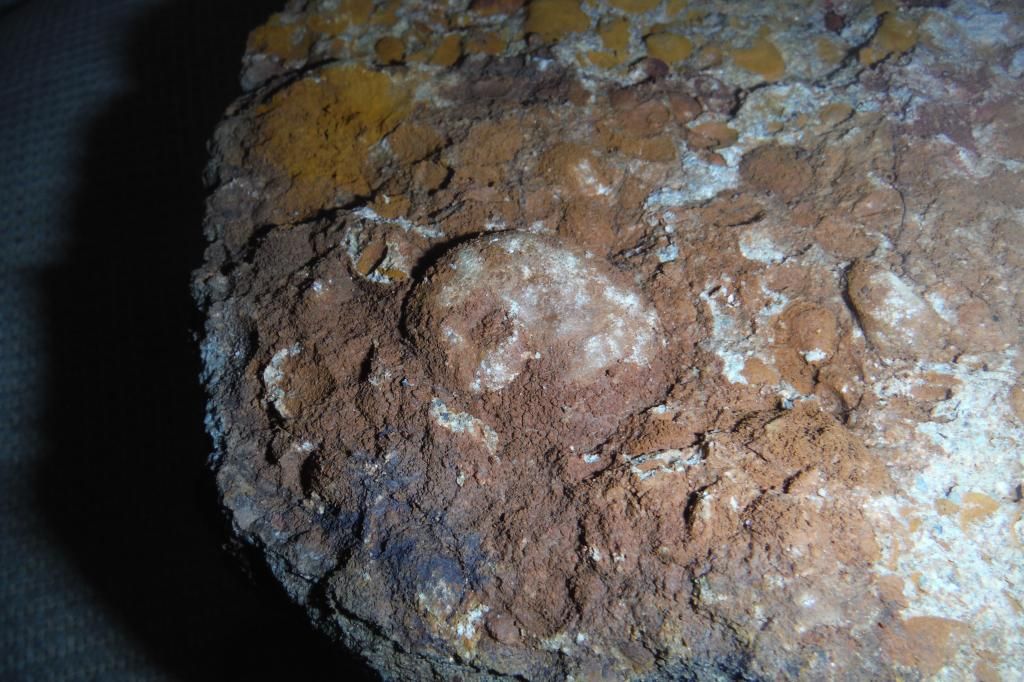
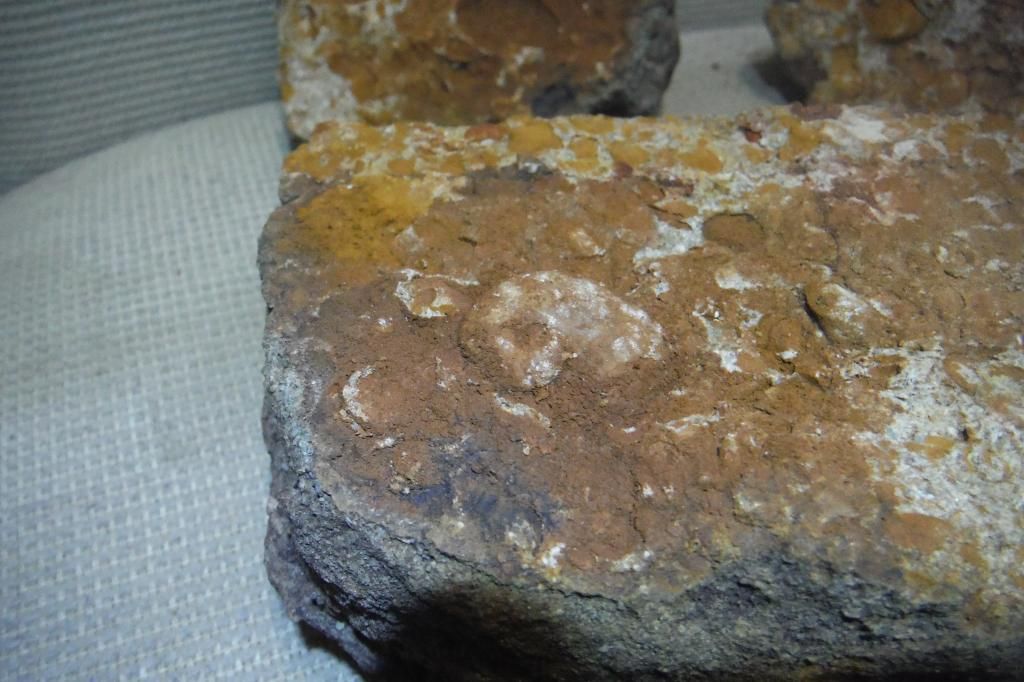
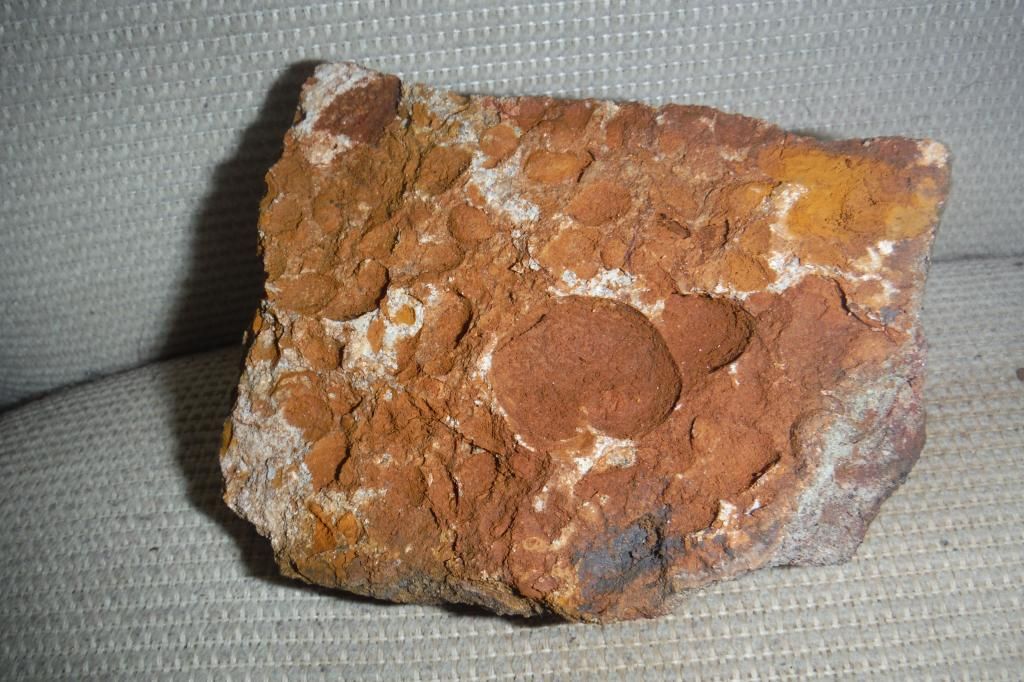
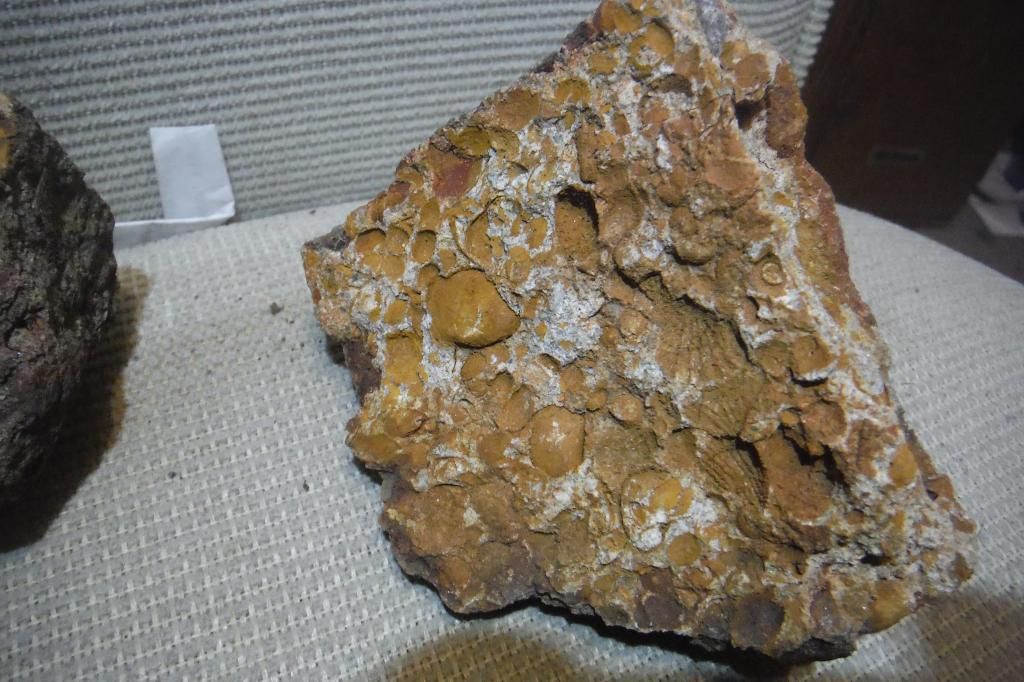

First the maybe fossil






Next a big rock that was showing a few fossils near some silt stone, most of the fossils were badly weathered.





Last we found a sandstone rock that was showing many weathered fossils, when we gave it a tap it opened up to show a lot more.












